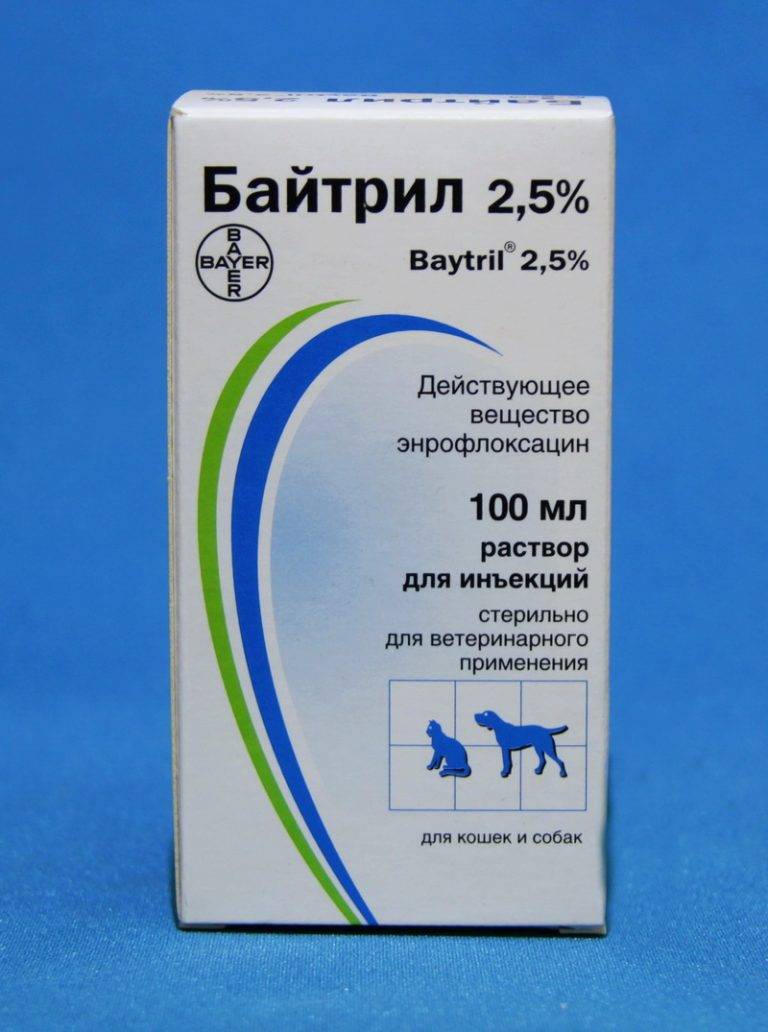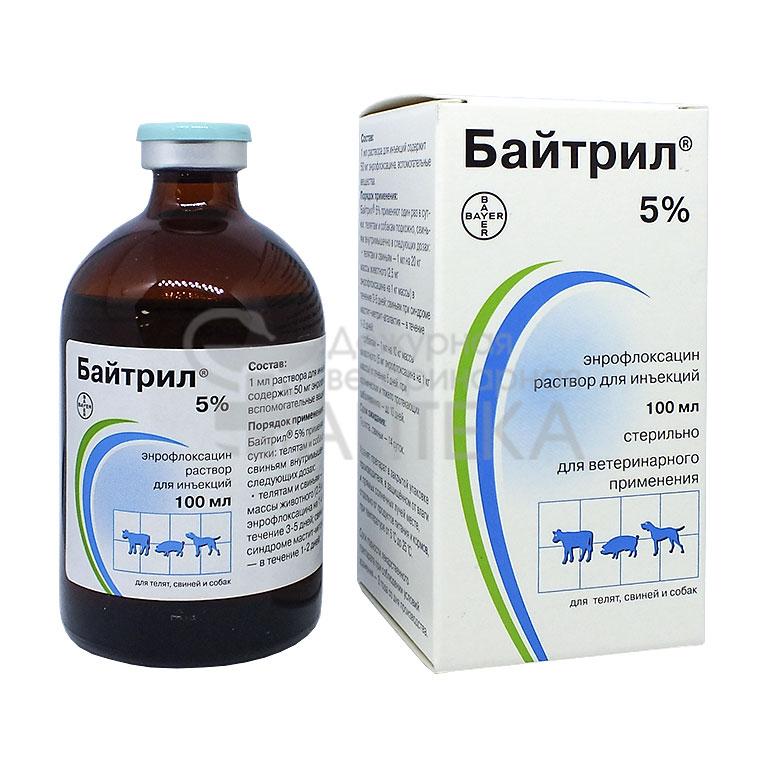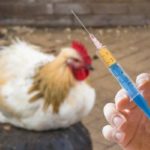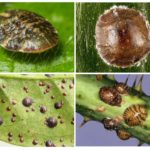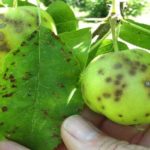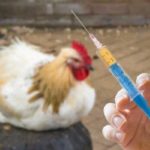"Baytril" is an antimicrobial agent that has a wide spectrum of action and is used to combat infectious pathologies in various animals and birds. The product can also be used for chickens. Before using it, you must consult a veterinarian. It is important to consider that the instructions for use and dosage of Baytril for chickens must be strictly followed.
Description of the product
This drug is the newest antibiotic from the group of fluoroquinolones. It is produced in 100 milliliter bottles containing 2.5 or 5% of the active ingredient. There are also ampoules on sale that contain 10% of the active ingredient.
The product is a transparent solution of a light yellow hue, which is sold in dark brown containers. The drug is packaged in white boxes and has all the necessary markings. Tests of the drug have demonstrated its high ability to fight pathogenic bacteria.
Compound
The active component of the product is considered to be enrofloxacin. The drug also contains additional substances - water for injection, potassium oxide hydrate, butyl alcohol. The active substance blocks the production of DNA from gram-positive and gram-negative bacteria. As a result, they die or stop reproducing.
Enrofloxacin quickly enters the blood and reaches maximum concentration 30-60 minutes after injection or within 1-3 hours after oral use. The product remains effective throughout the day. When administering the solution by injection, this must be done at the same time.
The results of treatment depend on the type of pathogen and the severity of the pathology. Usually the effect can be achieved quite quickly. Positive changes are visible already on the first day.
Indications for use
The drug is used to combat many infectious pathologies. Most often it is used in the following cases:
- Colibacillosis – this pathology is provoked by Escherichia coli. The infection spreads through food, water, and feces. In this case, damage to the digestive organs, spleen, and lymphatic systems is observed. If the disease develops, the chicken experiences loss of appetite and severe thirst, loose stools, and a blue beak.
- Salmonellosis – the causative agent of the disease is Salmonella bacillus. In this case, infected individuals experience feather loss and weakness, as well as impaired digestion.This leads to the appearance of loose stools with foam, bloody impurities and mucus. The disease can also be transmitted to people through eggs and meat.
- Pasteurellosis – the development of pathology is caused by Pasteurella bacillus. The infection affects the mucous membranes of the body. Damage to the comb and wattles of birds may also occur. The disease is characterized by rapid development, but sometimes it is chronic. It is not possible to immediately detect pathology. Infection is possible through soil, tools and from other birds. Infection of the entire livestock occurs within 12 hours.
- Necrotic enteritis - the reasons for its development are not known for certain. There is an opinion that this is a complex pathology that is associated with infection with reoviruses and secondary infection. The disease most often develops in chickens aged 14-50 days. Necrotic enteritis is accompanied by decreased mobility, the appearance of dry dark droppings, and drooping wings and head. The chronic form of the disease leads to the death of young animals.
- Streptococcosis can be acute or chronic. Streptococcus bacteria lead to the development of pathology. There is a risk of infection of young birds and embryos. The likelihood of the disease increases with a lack of nutrition and vitamins. This also occurs when the skin is damaged. In the acute form of the disease, a violation of hematopoietic functions is observed. In this case, the birds die within a day without any special symptoms.
- Staphylococcosis - the causative agent of the disease is one of the types of staphylococci. Infection occurs through damaged skin, digestive organs, and mucous membranes. When pathogens enter the body, inflammation develops. The incubation period lasts from several hours to 5-6 days.In the acute form of the pathology, chickens experience loss of appetite, depression, cyanosis of the scalp, diarrhea and other symptoms.
- Mycoplasmosis is a very dangerous pathology that develops when the conditions of detention are violated. The incubation period lasts 17-20 days. The source of infection can be plants or soil. As the pathology develops, chickens experience mucous discharge from the nose, decreased appetite, and general weakness.
Contraindications
The drug is not used for laying hens. The fact is that the active component of the product can accumulate in eggs. As a result, they become unsuitable for consumption. In addition, “Baytril” is prohibited from being combined with the following medications:
- "Levomycetin", "Theophylline", "Tetracycline";
- macrolides;
- non-steroidal anti-inflammatory substances.
The drug must not be used during vaccination of livestock. The meat of birds treated with Baytril is allowed to be consumed only 11 days after the last dose of the drug.
Instructions
Rules for using the substance depend on the age of the birds. For adult chickens, you must adhere to the following instructions:
- Mix 5 milliliters of the drug with a concentration of 10% with 10 liters of drinking water. This amount is enough to feed 48 individuals per day.
- The course of treatment for all pathologies lasts 3 days. In case of salmonellosis development, the drug is used for 5 days.
For chicks 1-5 weeks old, the following instructions must be followed:
- Take 0.5 milliliters of the product per 1 liter of drinking water. This volume is enough for 15-50 chickens - it all depends on the age.
- Use the product for 3-5 days. The specific duration is prescribed by the veterinarian.
When treating broiler chickens, it is recommended to follow the following rules:
- Birds aged 1-21 days should be fed for 3 days.In this case, you need to take 0.5 milliliters of product per 1 liter of water.
- For salmonellosis and mixed infections, use the drug for 5 days.
"Baytril" is an effective remedy that can be used to treat infectious pathologies in chickens. For the substance to produce results, it is important to strictly follow the instructions.

